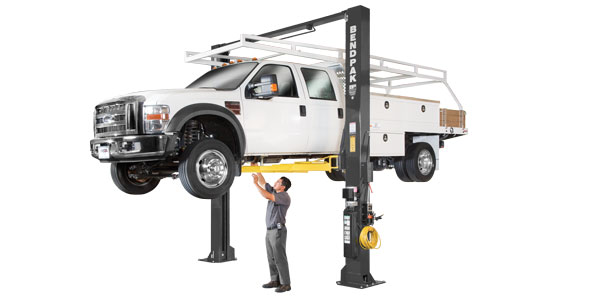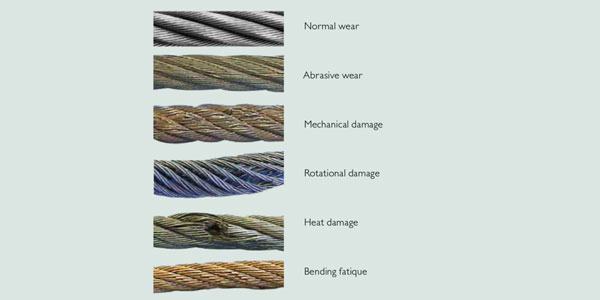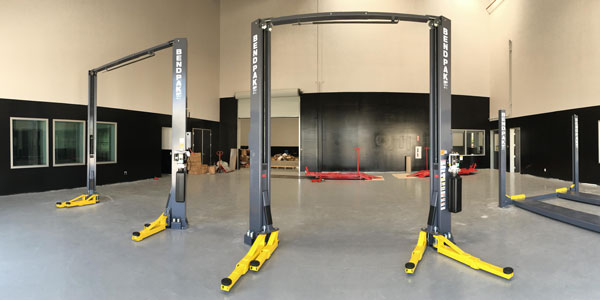To insure normal oil filter service life and to prevent oil leakage or possible internal engine damage, the Donaldson Co. Inc. and the Filter Manufacturers Council recommend the following procedure when replacing spin-on engine lube filters.
1. Open hood, remove the oil fill cap and place cap on air filter cover or any other flat visible surface. (This will serve as a reminder that oil has not been added to the crankcase).
2. Remove the oil drain plug(s), drain the oil and reinstall/replace the drain plug(s). If drain plug(s) has a crush ring or gasket, check for damage. If damaged, replace the ring or gasket.
3. Remove the oil filter using an oil filter wrench, if necessary.
4. Clean mounting base, making sure the old oil filter gasket is not stuck to the base. Apply a light film of clean oil to the new filter gasket. Note: Never use grease to lubricate the gasket.
5. Screw the new filter on carefully to avoid cross-threading. On turbocharged engines, it may be necessary to fill the filter with clean engine oil prior to installation. Check the engine manufacturer’s recommendations. After the sealing gasket contacts the mounting base, tighten the filter per the instructions found on the filter or filter box. Do not over-tighten!
6. Fill the crankcase to the recommended level with oil as per the manufacturer’s specifications and install the oil fill cap. Start the engine and ensure that the engine oil pressure light goes out or the oil pressure comes up to normal on the oil pressure gauge.
7. Turn off the engine and check the dipstick reading per vehicle manufacturer’s instructions. Add additional oil to engine, if needed.
8. Start the engine and check for oil leakage around the oil filter and drain plug.
9. Turn off the engine and close the hood.
10. Check local, state and federal regulations for the proper disposal of your used oil and filters.
And remember: never retighten a lube filter once it is installed!




